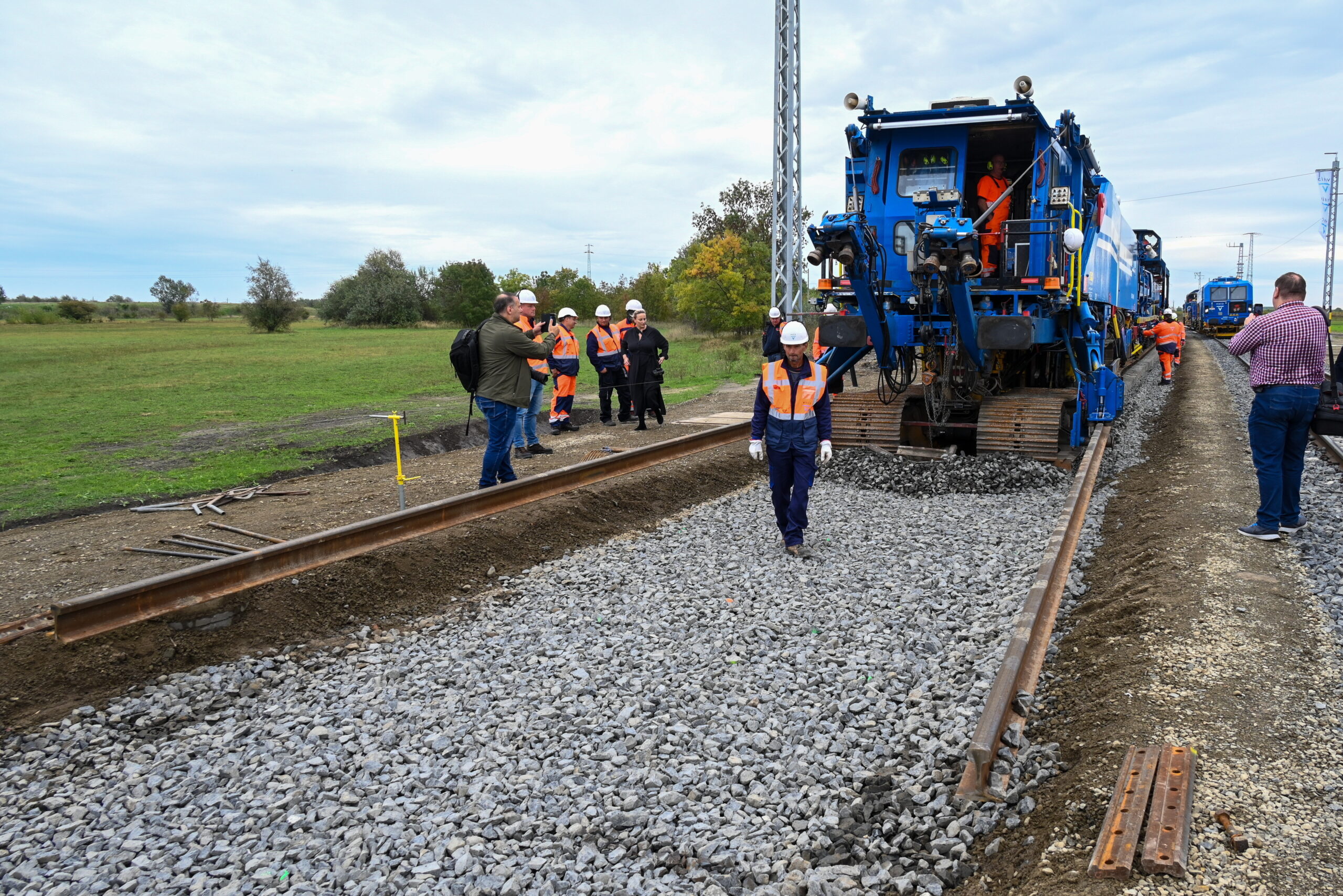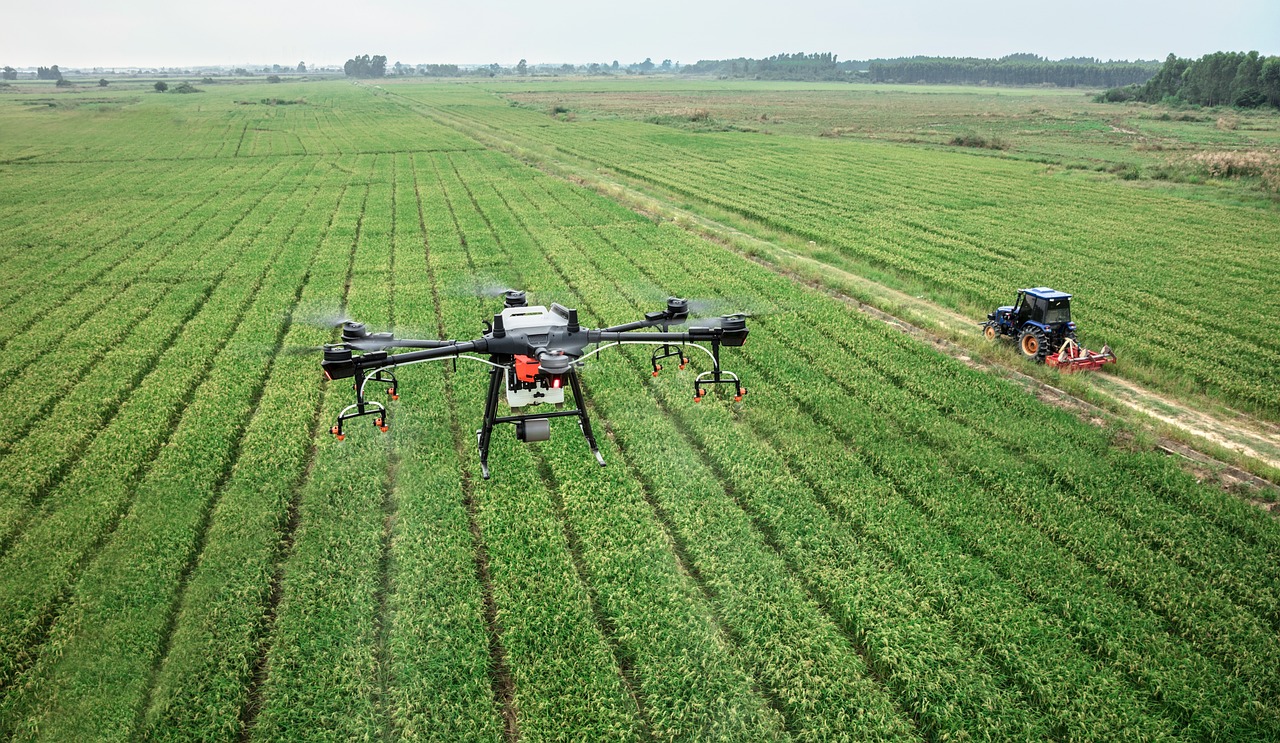
The solution used by V-Híd could make a significant contribution to the modernization of the Hungarian railway network.Continue reading

The time required for plant breeding could be shortened, less fertilizer may be needed for soil treatment, and fewer human resources will be required in agriculture thanks to artificial intelligence (AI), meaning that the Hungarian agriculture industry could save both time and money, reads the latest article on the HUN-REN research center’s website.
The HUN-REN Hungarian Research Network launched its AI 4 Science program last autumn to provide researchers with all the AI-based support (services, advice, or tools) they need to increase the efficiency of their scientific work and improve the results of their research.
This has also been a great success with the HUN-REN Center for Agricultural Research (HUN-REN ATK) researchers, who have so far received support for prompt writing or analyzing scientific papers, and even developing software for modeling ground squirrel burrows, for instance. “AI is definitely the future of agricultural research in Hungary,” stressed Roland Hollós, a researcher at HUN-REN ATK, who is also HUN-REN’s AI ambassador. As he explained, “on the one hand, this will save a lot of time, and on the other, AI will help them find a way to translate research into everyday life, giving it real societal value.”
There is no scientific field today where AI has not made its mark. Agriculture is no exception. Although the use of AI in the sector is more widespread in the West, there are examples in Hungary. Today, for instance, drones are used to examine drought damage from above or to determine the nutrient requirements of a particular field. “The biggest help AI can provide is in decision-making,” underlined Roland Hollós, a researcher at the Agricultural Institute of the HUN-REN ATK.
After analyzing processes and data, AI can make decisions quickly, even in minutes that previously took weeks,
he explained. This has also made the identification of plant diseases much faster and more accurate, whereas previously this work was done much more slowly, performed exclusively by humans, he added.
Nándor Fodor, Director of the HUN-REN Agricultural Institute also highlighted the time factor in plant breeding. It takes 10 years to breed a new plant variety before it reaches the market. With AI, this can be reduced to six to seven years.
While three to four years may not seem like a long time, if you add that you need orders of magnitude less cross-breeding and fewer chemicals, AI can really save a lot of money in the breeding process,”
he added.
“AI can be applied to all parts of the plant breeding process, as these technologies are particularly suited to analyzing complex data sets containing genetic, environmental, and phenotypic information,” he pointed out. Machine learning algorithms can process vast amounts of genetic information to identify patterns and predict plant traits with high accuracy. This ability will allow the breeding of crop varieties optimized for specific climates, soil types, and agricultural practices much faster than is currently possible.
Via hun-ren.hu, Featured image: Pixabay